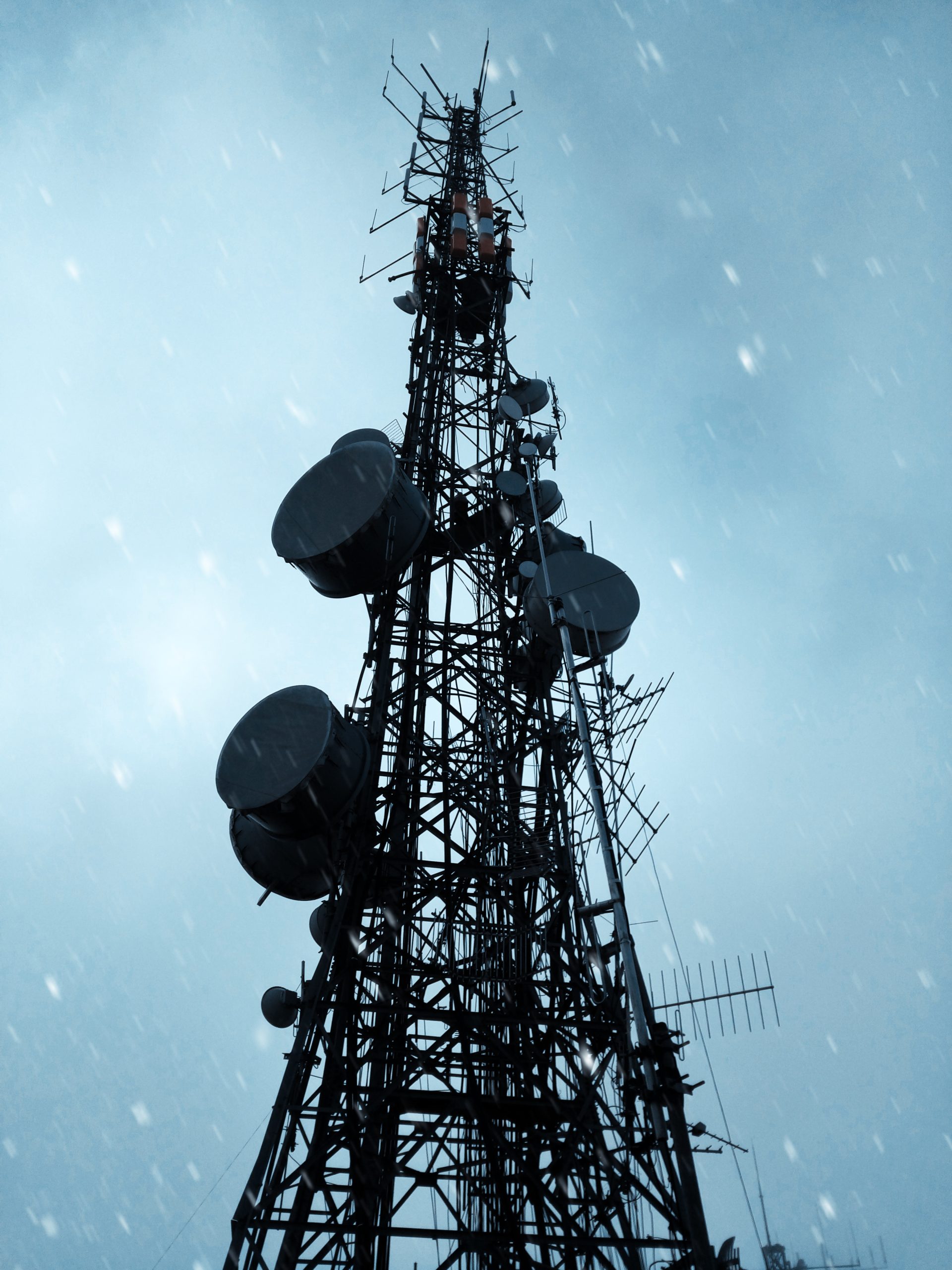AI and 5G: What’s the Connection?
Introduction
As we navigate through the age of digital transformation, two key players are becoming increasingly influential in shaping our society – Artificial Intelligence (AI) and the fifth generation of mobile network technology (5G). But what exactly are these technologies, and more importantly, how are they connected?
Understanding AI
AI, or Artificial Intelligence, is a branch of computer science that aims to create machines capable of performing tasks that would typically require human intelligence. This includes functions like learning, reasoning, problem-solving, and understanding language. AI is already an integral part of many aspects of modern life, powering everything from search engines to self-driving cars.
Understanding 5G
5G, meanwhile, is the latest generation of mobile network technology. It promises faster data speeds, lower latency (i.e., fewer delays), and increased capacity for connected devices compared to its predecessors. This technology is expected to enable a more interconnected world, allowing for advancements in sectors such as healthcare, transportation, and manufacturing.
Fears and Concerns Around 5G
Despite its potential, 5G has sparked fears in some quarters, with concerns ranging from potential health effects due to radiation, increased surveillance, and cybersecurity threats. It’s important to address these concerns.
Research from health organizations has shown that the radiofrequency radiation levels from 5G antennas are far below the levels that can cause health effects. However, many people still have concerns about adverse health effects of close exposure to these radio waves. As for fears of increased surveillance and cybersecurity threats, these are valid concerns that require stringent regulation, ethical oversight, and improved cybersecurity infrastructure.
The Connection between AI and 5G
Now, onto the heart of the matter: the connection between AI and 5G. With 5G’s faster data speeds and lower latency, AI algorithms can function more effectively and efficiently, providing real-time insights and actions. Moreover, with 5G’s ability to connect more devices simultaneously (a concept known as the Internet of Things or IoT), the usage and impact of AI technologies can be expanded exponentially.
Practical Applications of AI and 5G
The intersection of AI and 5G has the potential to revolutionize various sectors. For instance, in transportation, it can enable fully autonomous vehicles that communicate with each other in real-time to prevent accidents. In healthcare, it can facilitate remote patient monitoring and telemedicine, ensuring timely and personalized care. In manufacturing, it can streamline operations through predictive maintenance and automated quality control.
Challenges and Considerations
While the marriage of AI and 5G promises immense benefits, it’s not without challenges. Data privacy concerns, the need for robust infrastructure, and the risk of widening the digital divide are among the key issues to consider. As we forge ahead, it’s crucial to address these challenges through sound policy, technological innovation, and digital literacy initiatives.
The Future of AI and 5G
The future of AI and 5G holds remarkable promise. As these technologies continue to evolve, we can anticipate more personalized services, smarter cities, and more efficient industries. However, this future also calls for a commitment to ethical standards, inclusive access, and continuous learning.
Conclusion
Understanding the connection between AI and 5G is fundamental in our rapidly changing digital landscape. As we stand on the brink of this new era, we must equip ourselves with the knowledge to harness these technologies effectively, ethically, and equitably.

